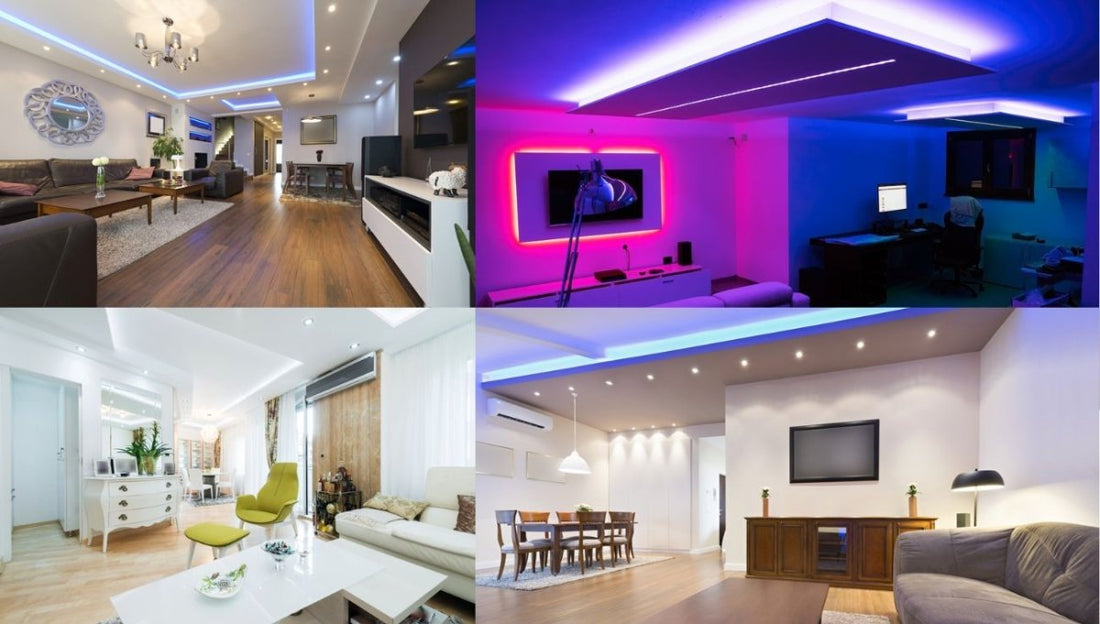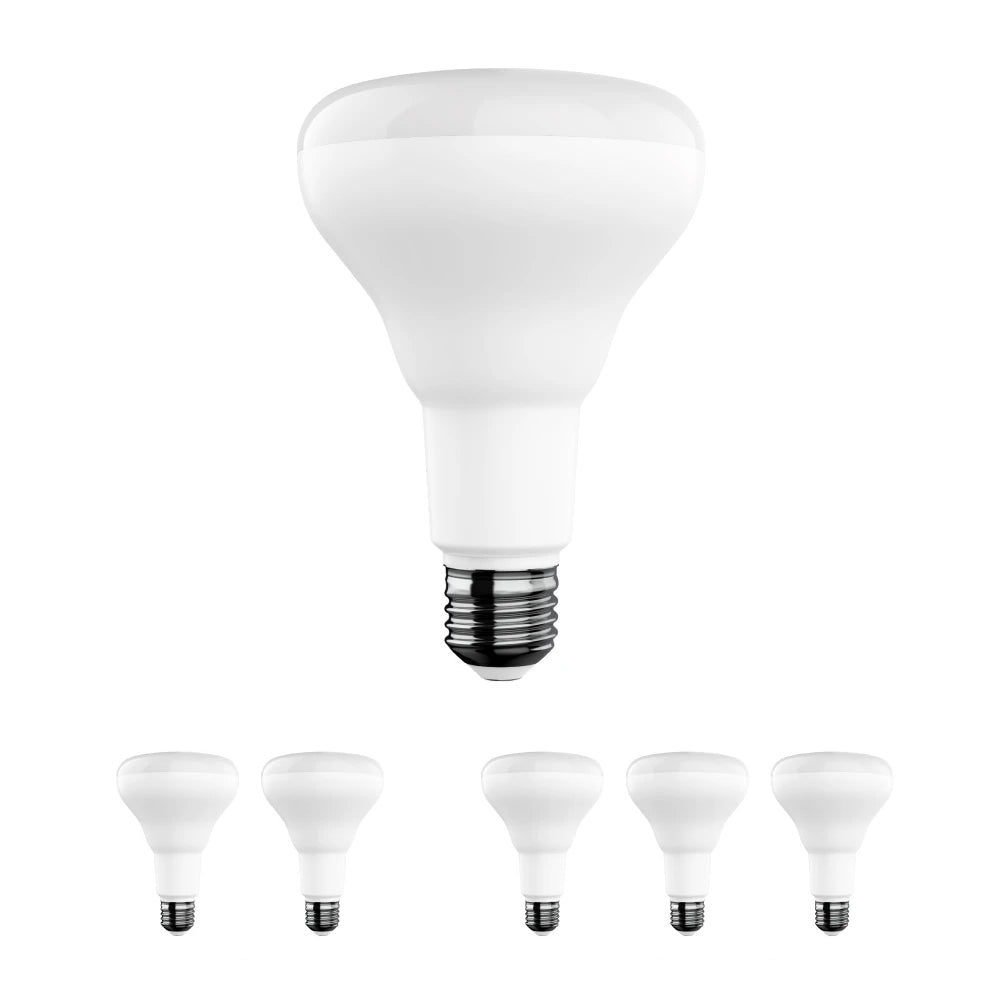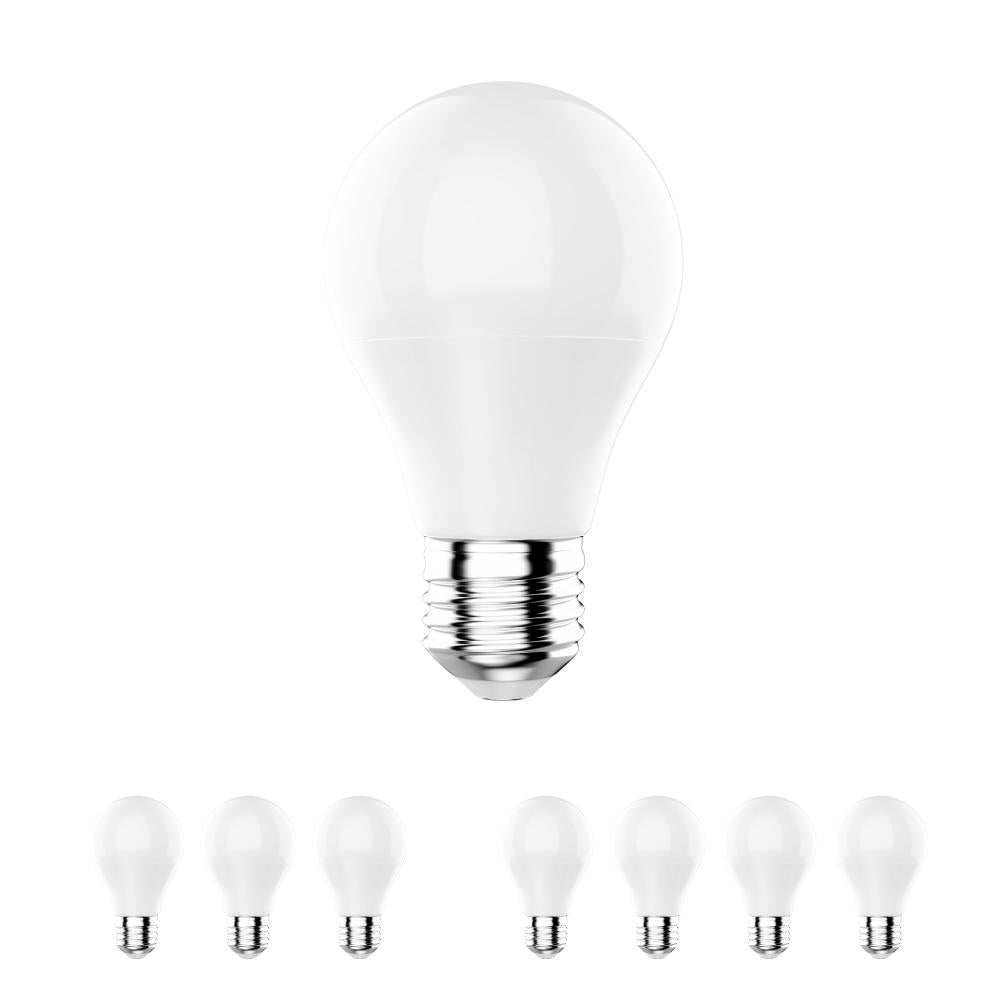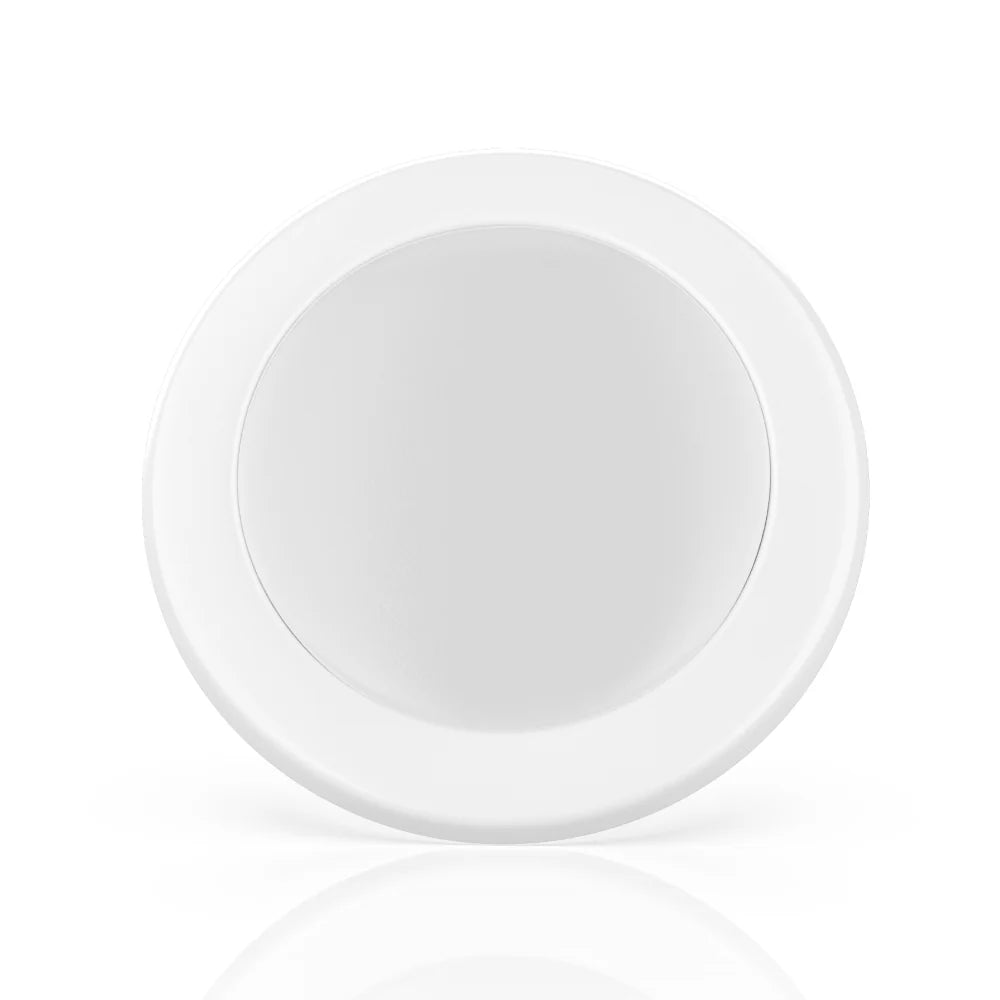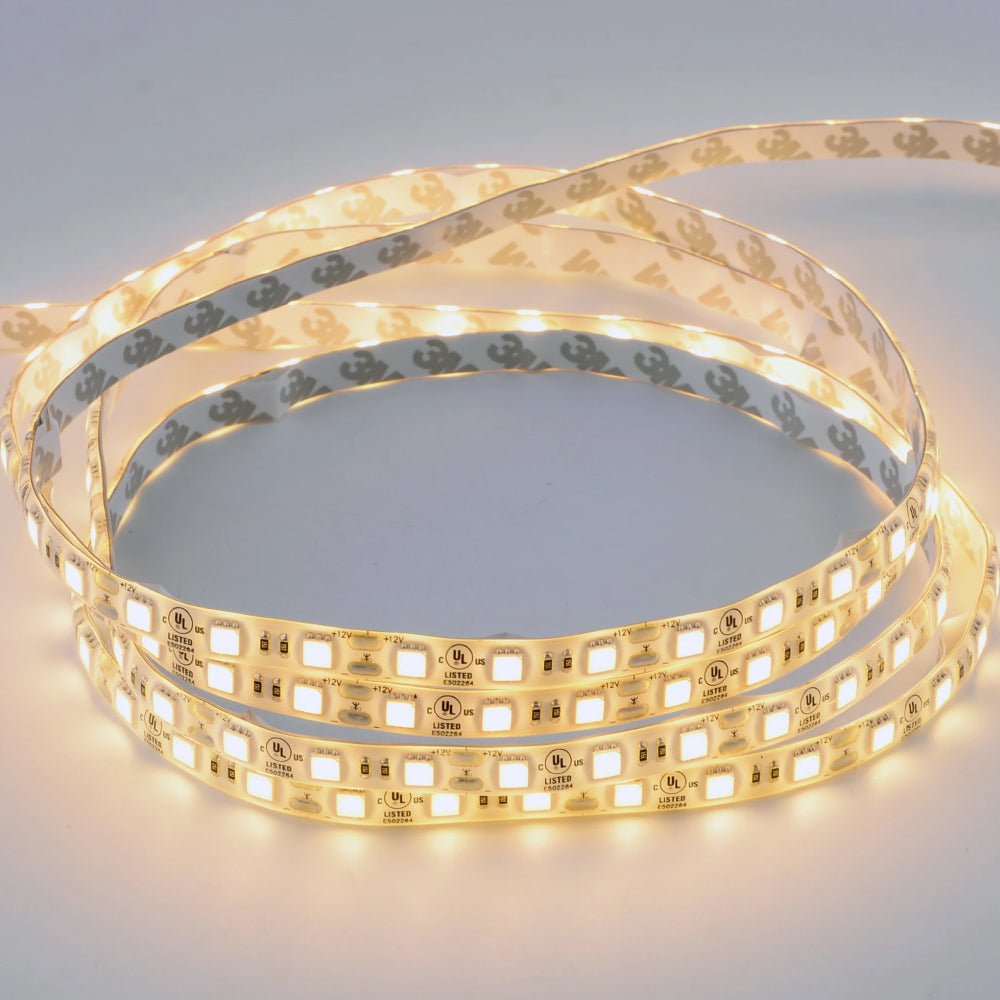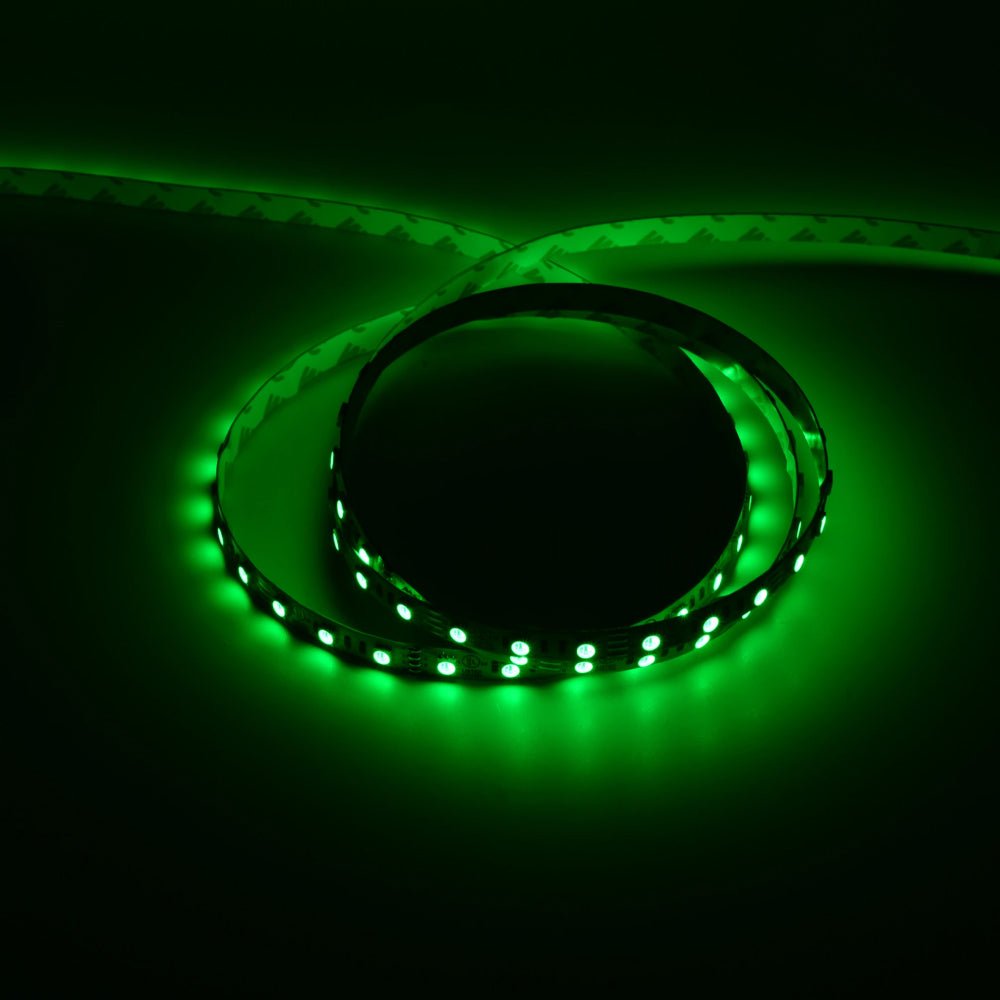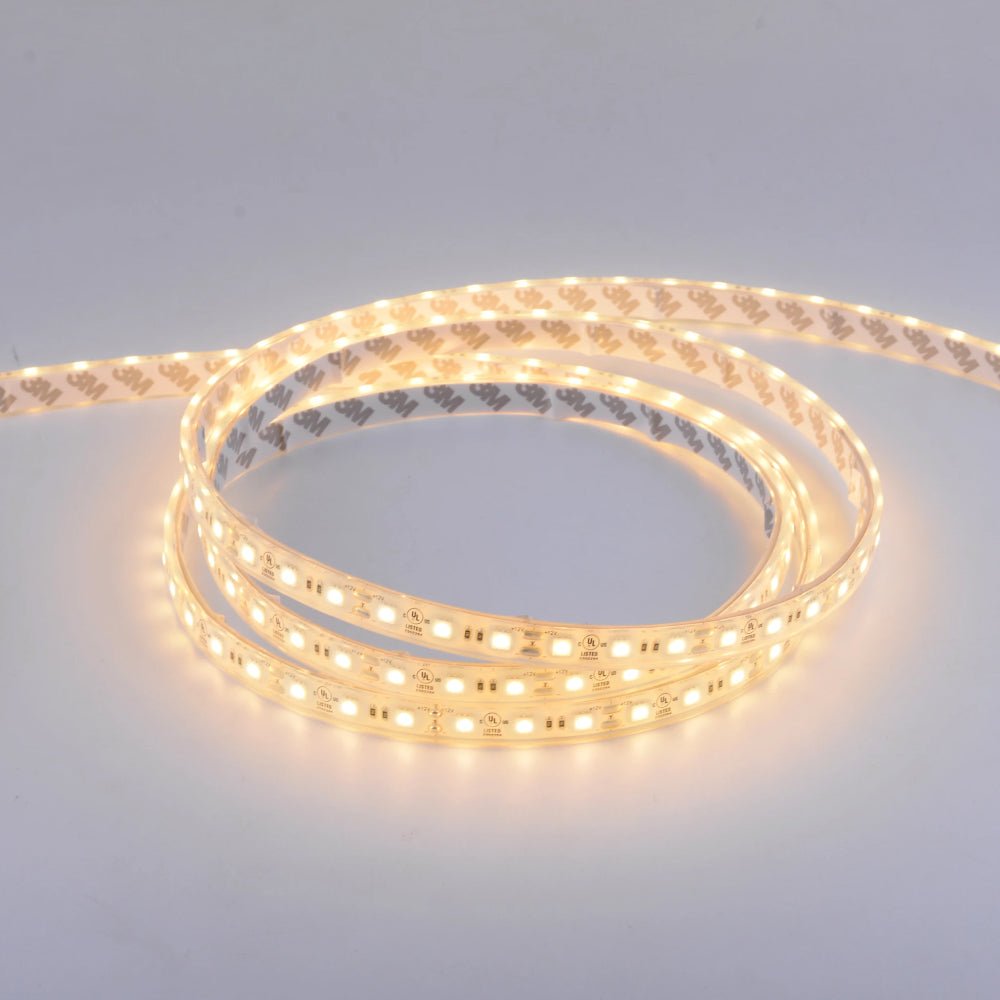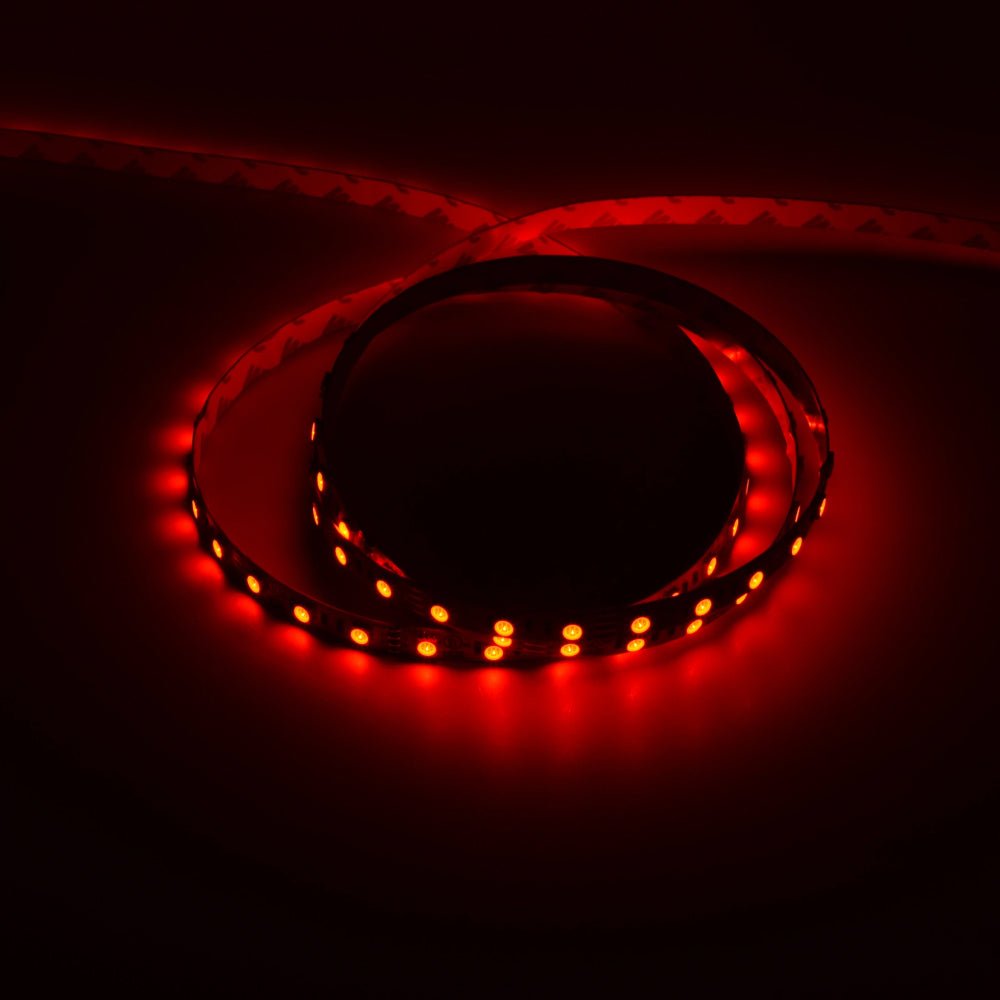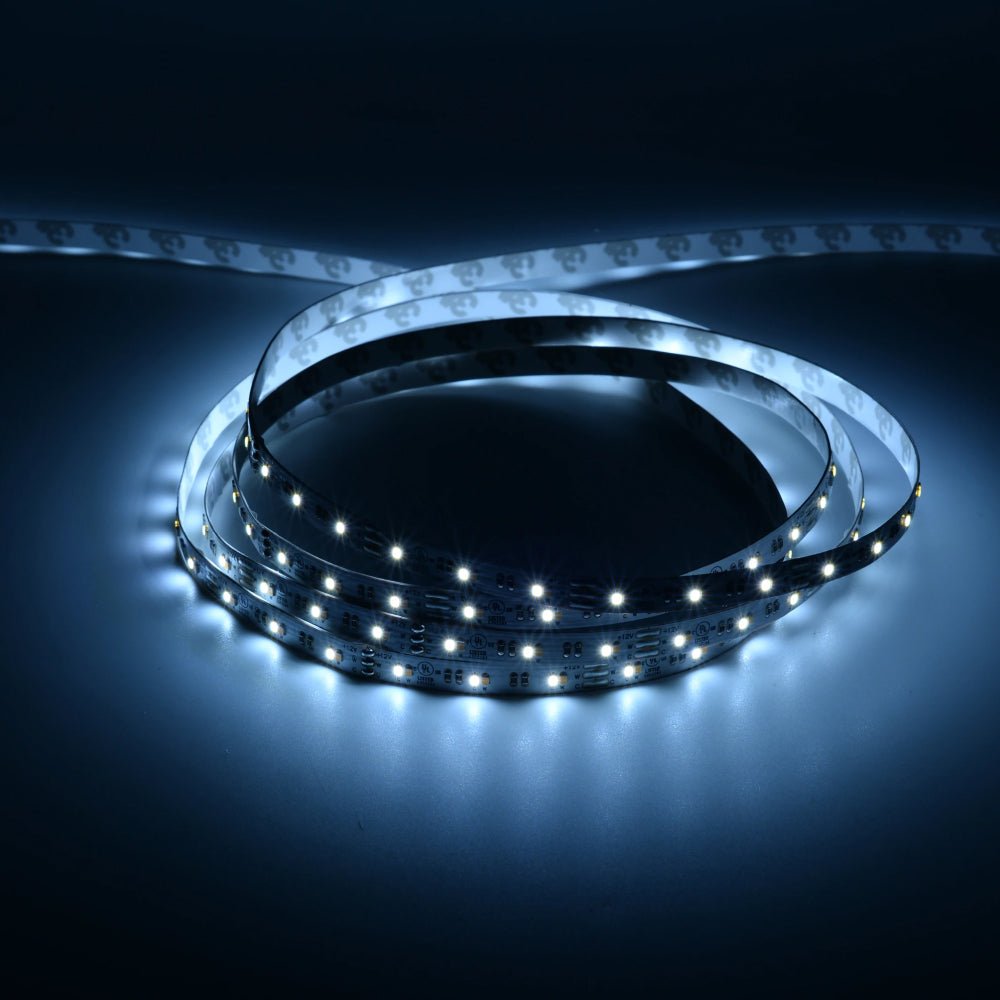In today's fast-paced world, LED Lights have revolutionized the way we illuminate our homes. They not only save energy but also offer a wide range of options to create the perfect ambiance in your room. With so many choices available in the market, it can be overwhelming to decide which LED light is best suited for your room. In this article, we will explore the different factors to consider when choosing the perfect LED light for your living space.
Table of Contents
|
1. Introduction
LED lights have become the go-to choice for lighting solutions due to their energy efficiency and versatility. But with the wide variety of LED lights available, how do you determine which one is the best fit for your room? Let's dive into the details.
2. Types of LED Lights
2.1. Standard LED Bulbs
Standard LED Bulbs are the most common type of LED lights. They are suitable for general lighting and can replace traditional incandescent bulbs with ease.
2.2. LED Strip Lights
LED Strip Lights are flexible and can be used to add ambient lighting to various areas in your room. They are a popular choice for under-cabinet lighting and creating a cozy atmosphere.
2.3. Smart LED Lights
Smart LED lights can be controlled remotely through a smartphone app or voice commands. They offer customizable lighting options and are perfect for those who want to create specific moods in their rooms.
3. Brightness and Lumens
The brightness of an LED light is measured in lumens. Consider the size and purpose of your room when choosing lumens. Larger rooms may require lights with higher lumens to ensure adequate illumination.
4. Color Temperature
The color temperature of LED lights can vary from warm to cool. Warm white (2700-3500K) lights create a cozy ambiance, while cool white (5000-6500K) lights are suitable for task lighting.
5. Energy Efficiency
LED lights are renowned for their energy efficiency. They consume significantly less energy compared to traditional bulbs, which means lower electricity bills for you.
6. Dimmability
If you prefer adjustable lighting levels, opt for dimmable LED lights. They allow you to set the perfect mood for any occasion.
7. Compatibility with Fixtures
Ensure that the LED light you choose is compatible with your existing fixtures and sockets to avoid any installation hassles.
8. Longevity and Warranty
LED lights have a longer lifespan compared to traditional bulbs. Look for lights with warranties to ensure their durability.
9. Price Range
LED lights come in various price ranges. While high-quality LEDs may be more expensive upfront, they offer long-term savings and better performance.
10. Installation and Maintenance
Consider whether you can install the LED lights yourself or if you need professional assistance. Also, factor in maintenance requirements.
11. Environmental Impact
LED lights are eco-friendly as they contain no hazardous materials and emit less carbon dioxide. They are a sustainable choice for lighting.
12. Design and Aesthetics
LED lights come in different designs and styles. Choose lights that complement your room's decor and enhance its aesthetics.
13. User Reviews and Recommendations
Reading user reviews and seeking recommendations from friends and family can provide valuable insights into the performance of specific LED lights.
14. Conclusion
In conclusion, choosing the best LED light for your room requires careful consideration of factors such as brightness, color temperature, energy efficiency, and compatibility. By evaluating these aspects and keeping your room's design in mind, you can create the perfect lighting atmosphere.
15. FAQs
Q1. Are LED lights suitable for all room sizes?
Yes, LED lights are suitable for rooms of all sizes. You just need to choose the right lumens for adequate illumination.
Q2. Can I install LED lights myself?
Yes, many LED lights are designed for easy installation, but it's essential to follow the manufacturer's instructions.
Q3. Do smart LED lights require a Wi-Fi connection?
Yes, smart LED lights require a Wi-Fi connection to be controlled remotely.
Q4. Are LED lights environmentally friendly?
Yes, LED lights are eco-friendly as they are energy-efficient and contain no harmful substances like mercury.
Q5. How long do LED lights typically last?
LED lights can last up to 25,000 to 50,000 hours, depending on the quality and usage.















































































